iPhysics
Digital Engineering, simulazione e realtà aumentata per lo sviluppo di macchine automatiche, linee produttive e sistemi logistici
iPhysics è un prodotto Machineering Gmbh.
iPhysics è un prodotto Machineering Gmbh.
iPhysics è un’innovativa piattaforma per la progettazione digitale ed il virtual commissioning di macchine, linee e impianti di produzione complessi. Integrando l'ingegneria meccanica e dell’automazione, offre notevoli vantaggi, come la possibilità di simulare ed ottimizzare la pianificazione delle sequenze delle macchine, verificare immediatamente le soluzioni e ridurre i costi.
iPhysics consente di progettare una macchina automatica nel suo complesso, partendo dal livello CAD fino alla simulazione di PLC e robot.
Permette di simulare in modo realistico linee e impianti e ottenere stime affidabili di Throughput e OEE. Migliora la comunicazione tra i team di progettazione meccanica e di automazione, riducendo efficacemente i rischi per impianti e progetti complessi e ne semplifica la messa in servizio.
Offre la possibilità di valutare diverse soluzioni di progettazione ed esplorare agevolmente nuove idee e scenari ipotetici.
Inoltre, iPhysics integra la funzionalità di Realtà Aumentata, che migliora la visualizzazione dei processi produttivi, consentendo di coinvolgere efficacemente progettazione, vendita ed i futuri clienti.
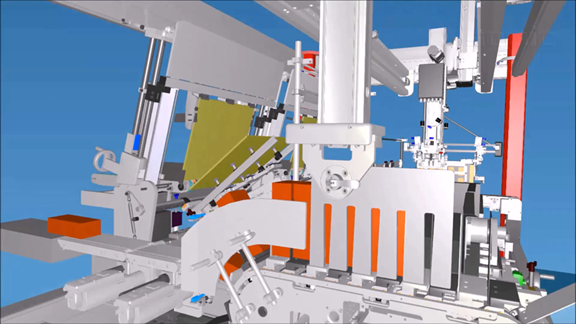
Una raccolta di video, che mostrano alcune applicazioni di questa innovativa piattaforma per la progettazione e simulazione di macchine, linee ed impianti di produzione.
Visita la sezione dedicata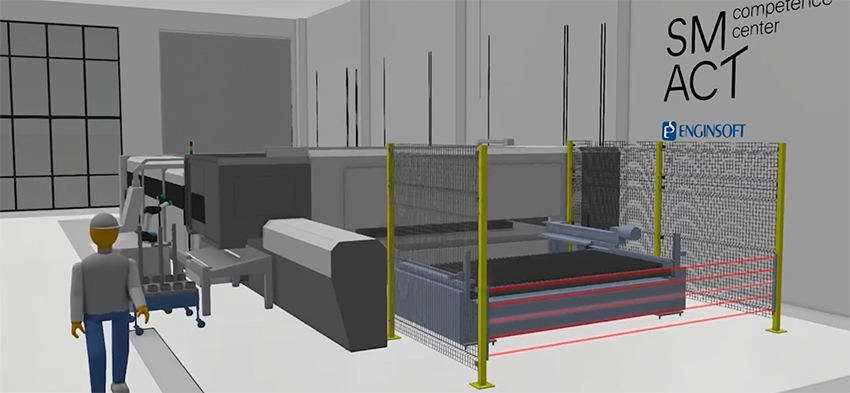

Invia le tue domande ai nostri tecnici specializzati!
Mettiti in contatto con uno dei nostri esperti, che ti potrà fornire risposte certe o consigliare soluzioni affidabili.
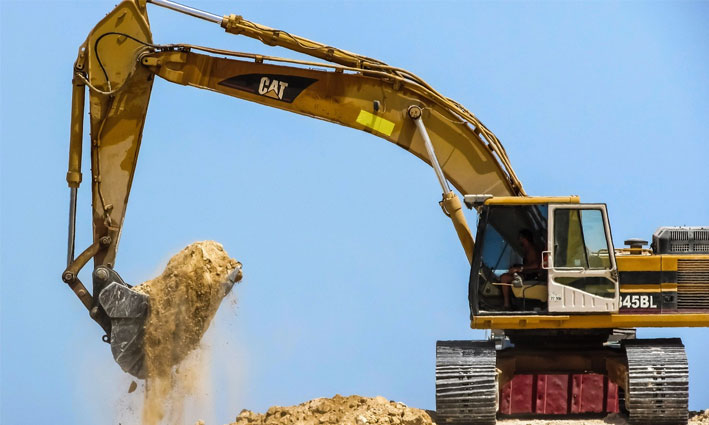
CASE STUDY
A multibody model of an excavator was developed to calculate the loads acting on the structure and to perform static structural verifications of the different components.
automotive multibody recurdyn mechanics
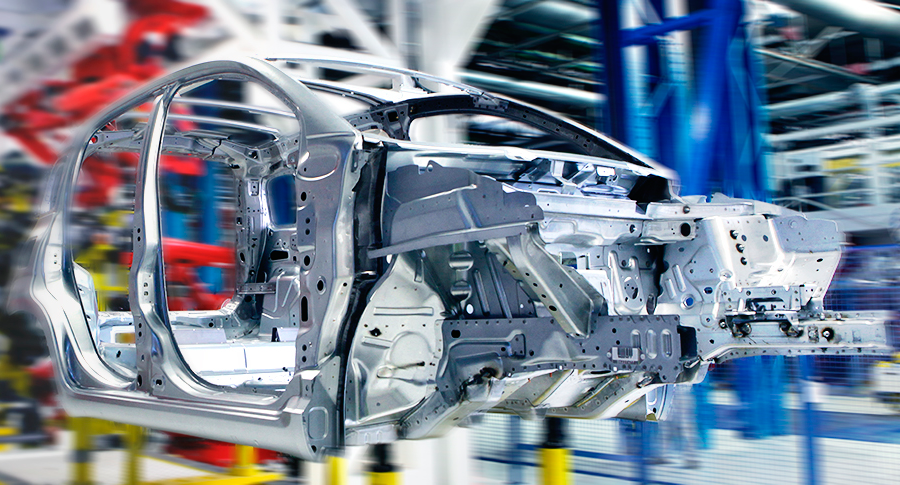
CASE STUDY
In this case study, EnginSoft engineers explain how they used modeFRONTIER to assist Comau, a Fiat Chrysler subsidiary, to optimize their approach to the preliminary design of production systems for automotive manufacturing system RFQs.
automotive optimization rail-transport modefrontier SIMUL8 iphysics industry4

CASE STUDY
The main structure of the yacht is made of composite laminates with the presence of many composite reinforcements and bonded joints. We conducted a detailed structural analysis of the entire structure and verified the structural requirements.
marine optimization
CASE STUDY
Transmission design is mainly based on the mechanical aspects of the transmission and lubrication is an aspect that is verified, and eventually corrected, based on bench testing, i.e. once the design phase has been completed and a physical prototype is available.
mechanics particleworks automotive
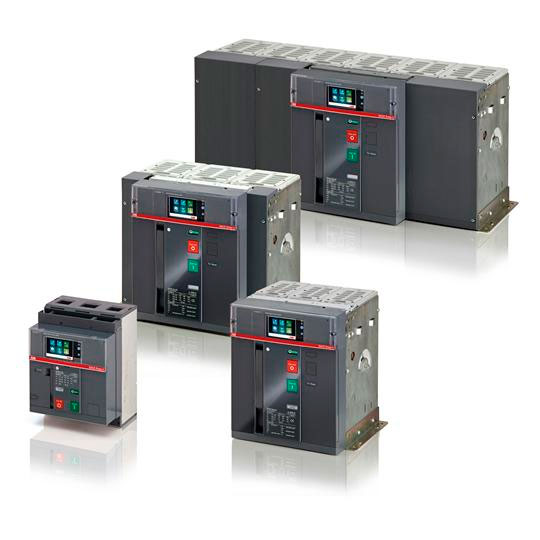
CASE STUDY
In this technical case study, we illustrate how EnginSoft engineers helped ABB to optimize the design of the Emax2 project.
tolerances electronics mechanics eztol cetol